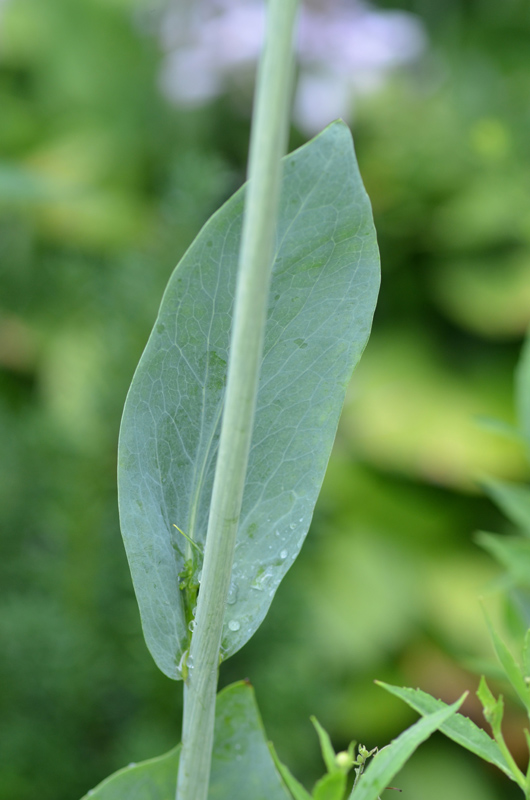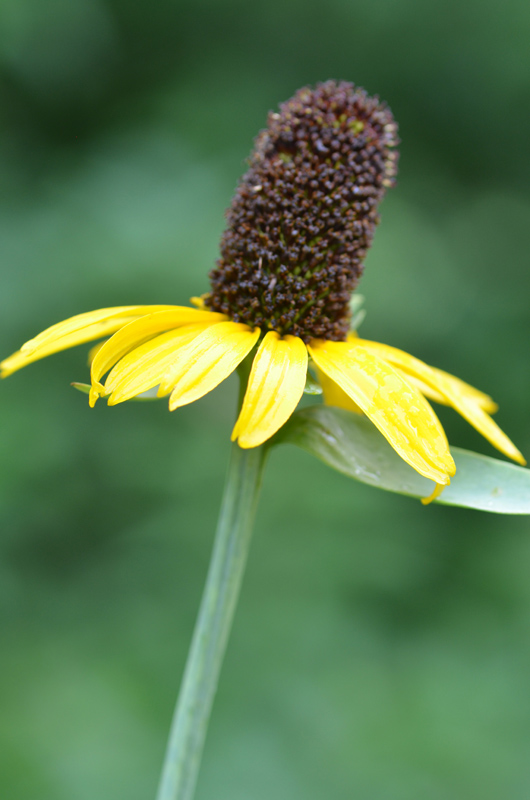
Perennials > Rudbeckia > Rudbeckia Maxima > Rudbeckia maxima
Rudbeckia Maxima
Giant Coneflower
Origin: South-Central United States of America.
| Family |
| Asteraceae |
| Genus |
| Rudbeckia |
| Species |
| Maxima |
| Category |
| Perennials |
| USDA Hardiness Zone |
| 4a - 9b |
| Canadian Hardiness Zone |
| 2a - 8a |
| RHS Hardiness Zone |
| H3 - H7 |
| Temperature (°C) |
| -32 - (-1) |
| Temperature (°F) |
| -25 - 30 |
| Height |
| 1.5 - 2 m |
| Spread |
| 1 - 1.25 m |
Photographs
Description and Growing Information
Flowering Period
| General Description |
| A perennial cornflower with summer flowers that are a beautiful yellow around a dark brown centre and large, blue-green leaves at the base. |
| Landscape |
| Works well in wildflower meadows, prairies and gardens. |
| Cultivation |
| Grow in full sun in a moist, well-drained soil. Tolerant of heat, minor drought and a range of soils. |
| Growth |
| Fast |
| Pests |
| Slugs and snails may cause problems on young plants, and the species is susceptible to powdery mildew. |
| Habitat |
| Native to open woodland areas, as well as moist prairies and along transportation lines. |
| Leaf Description |
| Paddle shaped, bluish-green leaves that are notably large (up to 60 cm in length and 25 cm in width) and appear in a basal clump. |
| Flower Description |
| A brown cone surrounded by yellow rays, to 7.5 cm in diameter, blooming in the summer. The flower is attractive to butterflies. |
| Fruit Description |
| Small seeds which remain on the terminal of flower stalks and are a particular favourite of goldfinches. |
| Notable Specimens |
| The Devonian Botanic Gardens, Devon, Alberta, Canada. The A. M. Cuddy Gardens, Strathroy, Ontario, Canada. |
| Propagation |
| Propagate through seed. |



